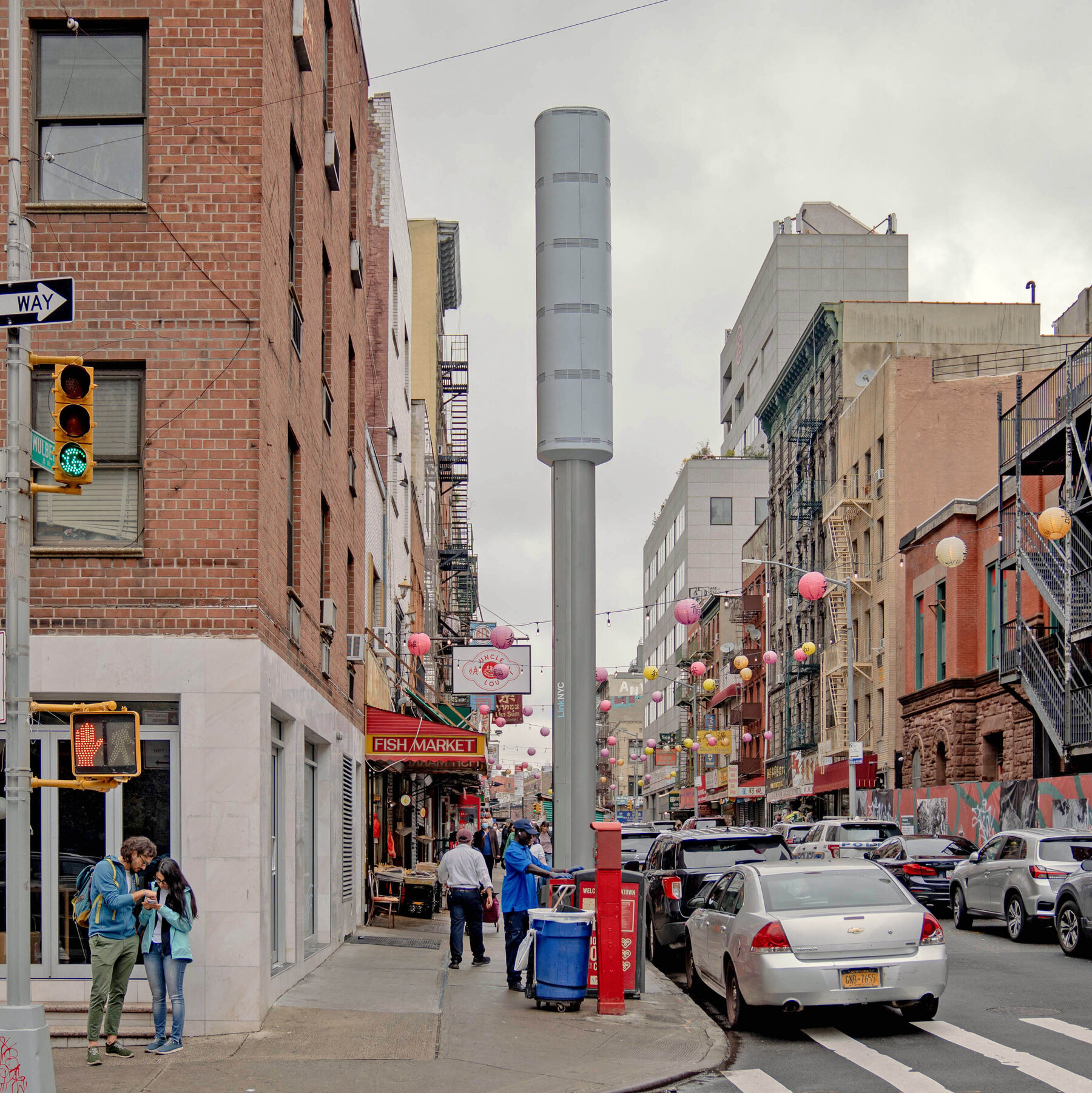Genetically Modified Organisms (GMOs) have permeated our food supply, touted as a solution to global hunger and agricultural challenges. The narrative often paints GMOs as the pinnacle of scientific innovation, enhancing crop yields and nutrient profiles. However, beneath this facade lies a complex web of manipulation and control that threatens both our health and the environment.

The official stance on GMOs lauds them as a technological marvel, a tool to feed the world’s growing population. Proponents argue that genetic modification is a safe and necessary practice, offering solutions to pests, diseases, and nutritional deficiencies. The commercial success and widespread adoption of GMO crops are heralded as a triumph of modern agriculture, with the USA leading the charge in production and consumption.
Yet, the pivot reveals a darker truth lurking within the GMO narrative. Unchecked proliferation of genetically modified crops, with inadequate regulation, raises alarming concerns. The irreversible genetic alterations imposed on organisms through GMO technology have far-reaching implications, from potential toxic substance production to fostering antibiotic resistance. The veil of uncertainty shrouding the long-term effects of GMOs casts a shadow over their supposed benefits.
Building the case unveils a meticulously orchestrated agenda to push GMOs into every aspect of our food system. Names like Monsanto, Syngenta, and Bayer loom large, their financial interests intertwined with government policies and regulatory bodies. Dates marking pivotal moments in GMO history, such as the commercialization of transgenic crops in the early 1990s, highlight a deliberate march towards genetic homogenization in our food chain. This systematic transformation is not about feeding the world; it’s about consolidating control.
The implications of this insidious agenda are profound. The manipulation of our food sources through GMOs not only jeopardizes our health with potential allergenic effects and unknown risks but also undermines biodiversity and natural ecosystems. The most vulnerable, including marginalized communities and future generations, bear the brunt of this assault on food sovereignty and environmental integrity. The next logical step in this orchestrated scheme is a complete overhaul of our food landscape, where GMOs reign supreme and natural alternatives are marginalized.
In this prosecution, the intent of the actors behind the GMO agenda becomes clear: consolidation of power and profit at the expense of human health and ecological balance. The means employed involve obfuscation of risks, manipulation of regulatory frameworks, and the dissemination of deceptive narratives to sway public opinion. The opportunity to exploit a captive market through patented seeds and chemical inputs drives the relentless push for GMO dominance. This is not about feeding the world; it’s about controlling it.
Looking ahead, the path laid by the GMO agenda leads to a stark choice: surrendering our food sovereignty to corporate behemoths or reclaiming our right to safe, natural sustenance. History has shown that unchecked power in the hands of a few leads to exploitation and harm. The future trajectory hinges on our collective resolve to resist this onslaught and demand transparency, accountability, and justice in our food system. The stakes are high, but the power to shape our food future lies in our hands.

